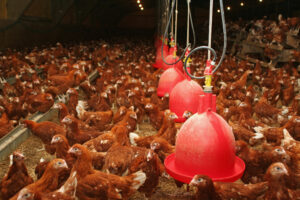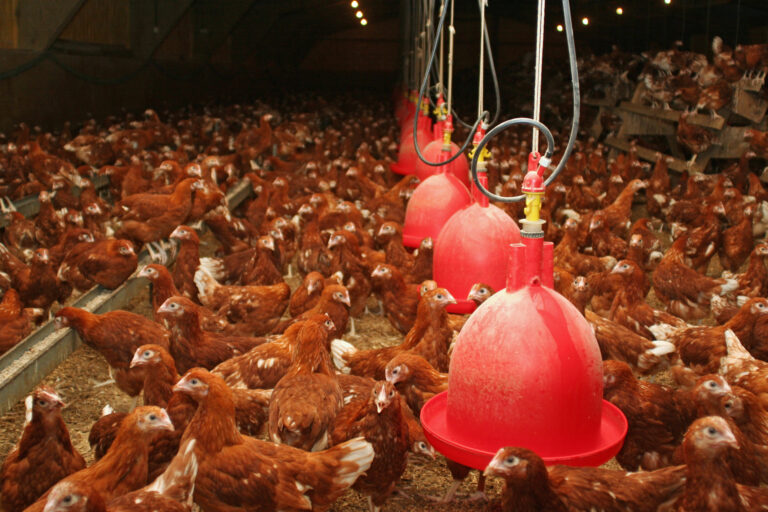A significant number of free-range poultry producers face serious threats to their businesses following the announcement by Defra it plans to introduce ‘Higher Risk Areas’ after the current Avian Influenza (AI) Prevention Zone expires on 28 February.
The introduction of Higher Risk Areas means that producers who continue to house their birds will no longer be able to label their products as free-range, as birds have been ordered inside for longer than the 12 weeks permitted by EU law.
For the majority of farmers, the announcement has been a cause for celebration, and their birds will be allowed back out. The British Free Range Egg Producers Association chief executive Robert Gooch said members would be “delighted and relieved at the prospect of an end to the three-month avian influenza housing order.”
But Gooch said its priority is now to help those producers who are in the High Risk Area to overcome the challenge of temporarily losing their free range status.
“Our members have coped fantastically with the unprecedented challenge of housing their birds. They have focused on the welfare of their flocks at all times and will be hugely relieved If they are able to let birds out again on 1 March.
“But there are those producers in the High Risk Area who will be forced to continue to house birds. They face the prospect of their eggs being downgraded which we estimate to cost businesses at least 20p per dozen,” said Gooch.
NFU President Meurig Raymond warned farmers in High Risk Areas faced significant risk: “Half of the UK’s national flock is free-range, by far the highest percentage of any EU member state, and this will have a serious effect on the British public where demand for free-range has increased significantly over the past 25 years.
“The NFU will continue to work with industry to help poultry producers prepare for the introduction of Higher Risk Areas and how this will affect their businesses. Defra need to provide clarity specifically on how many free-range birds are affected by the introduction of Higher Risk Areas.”


